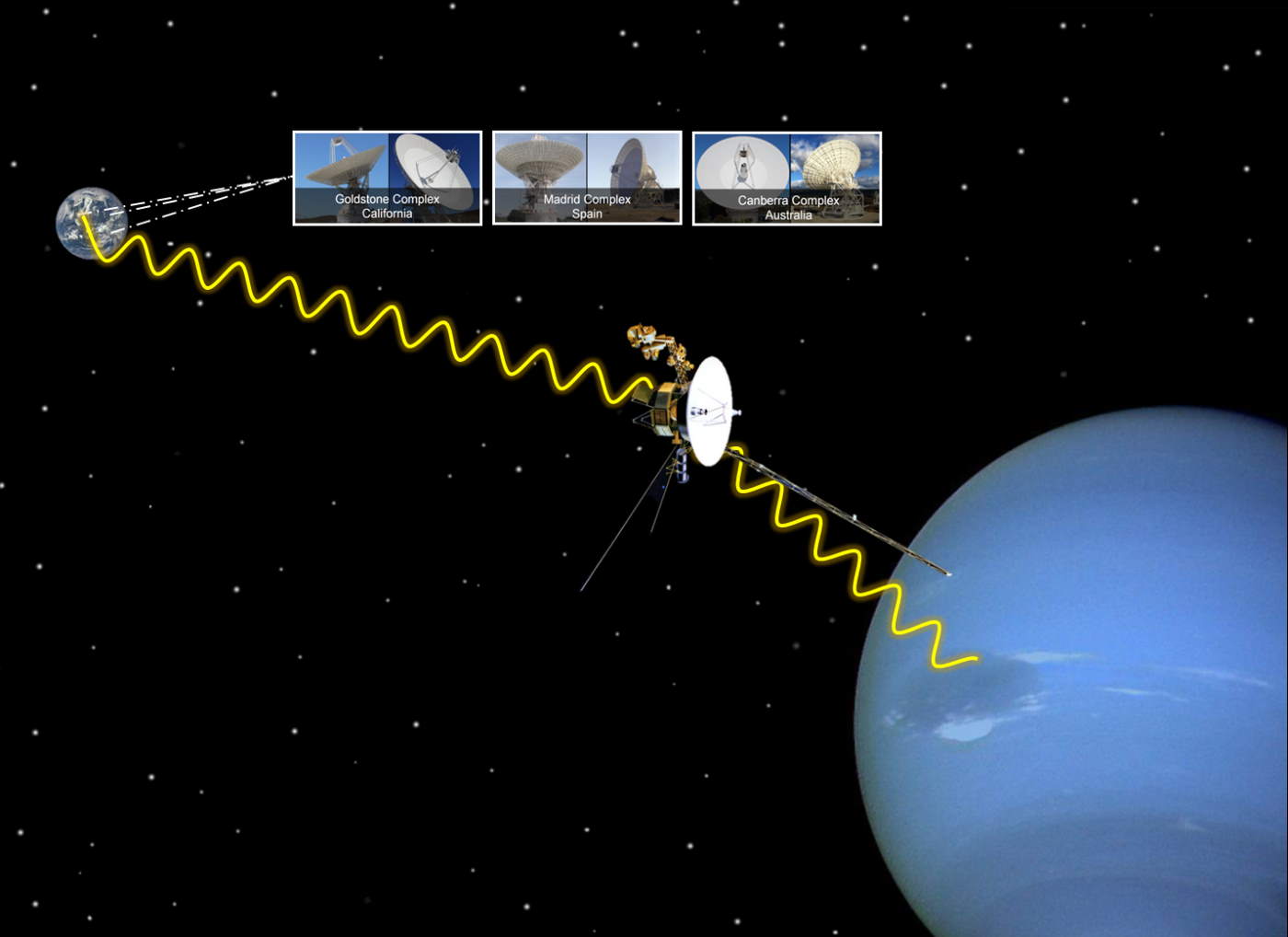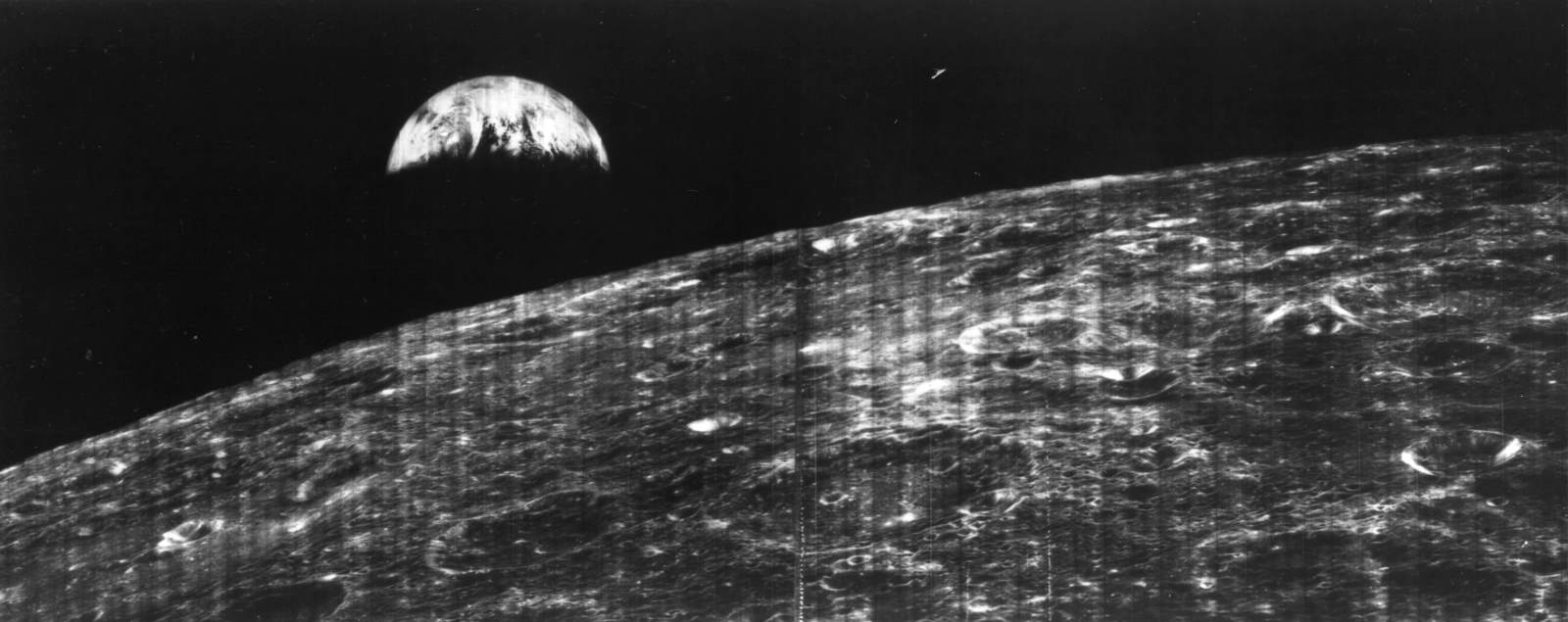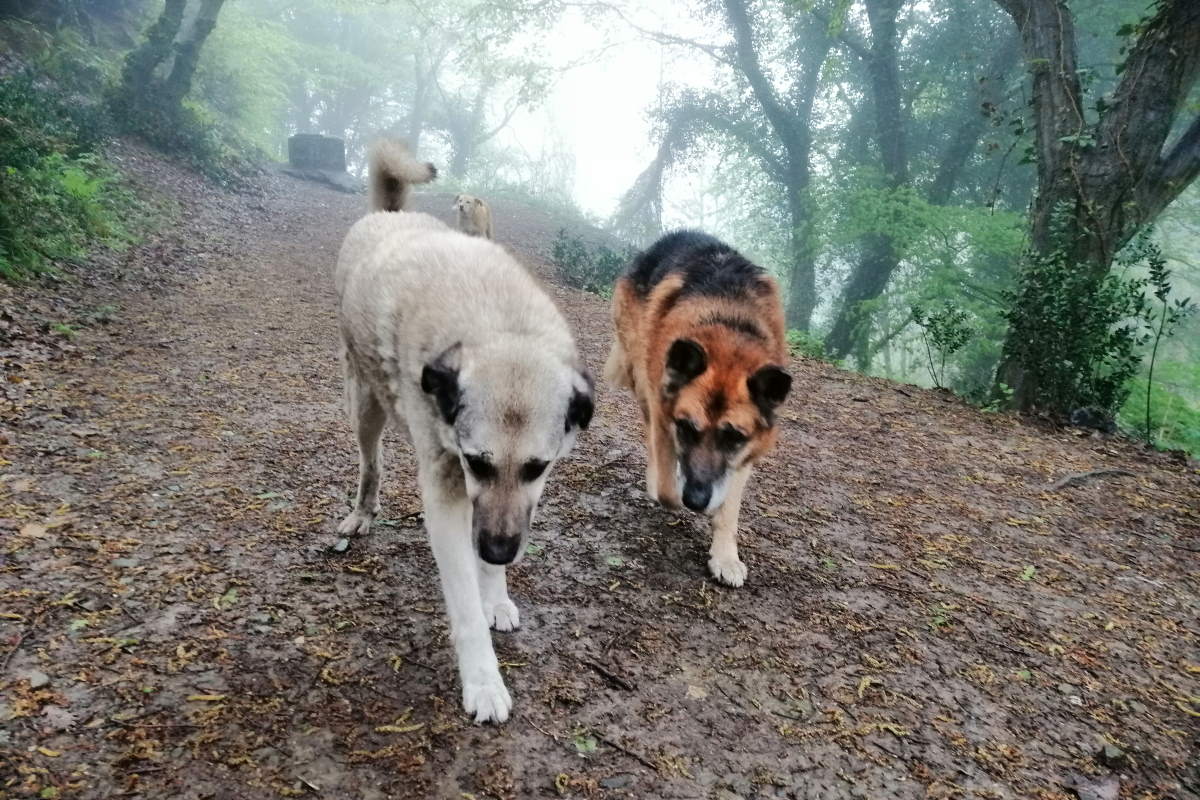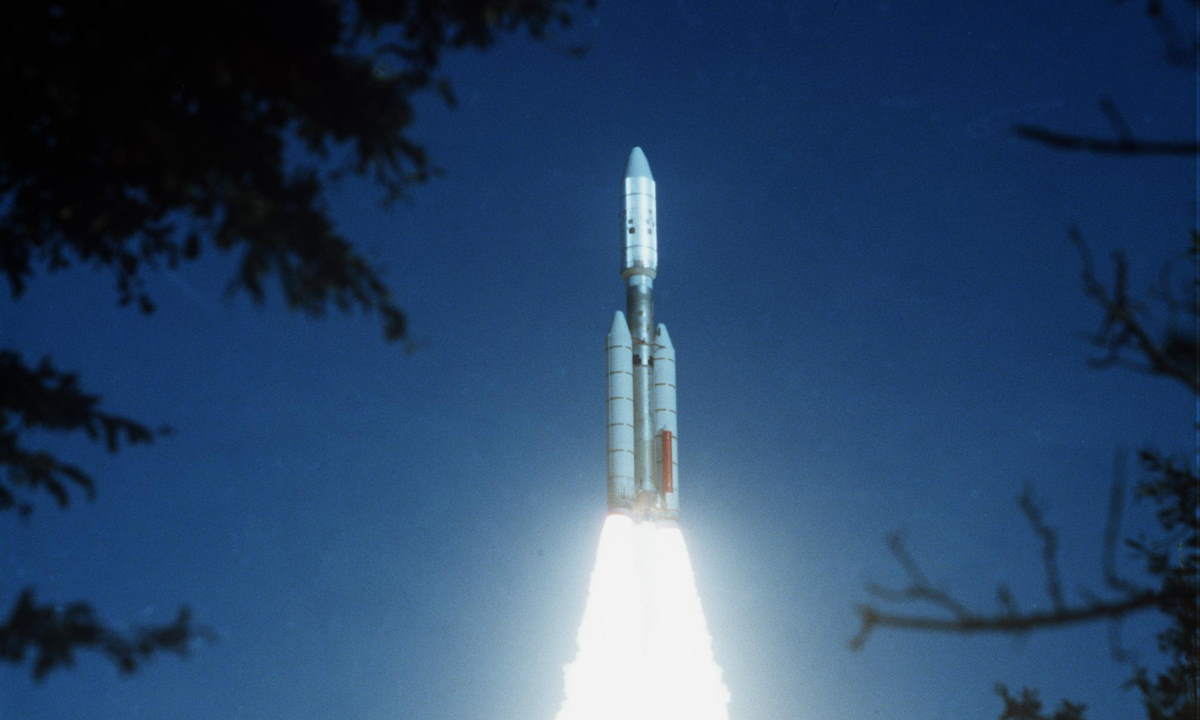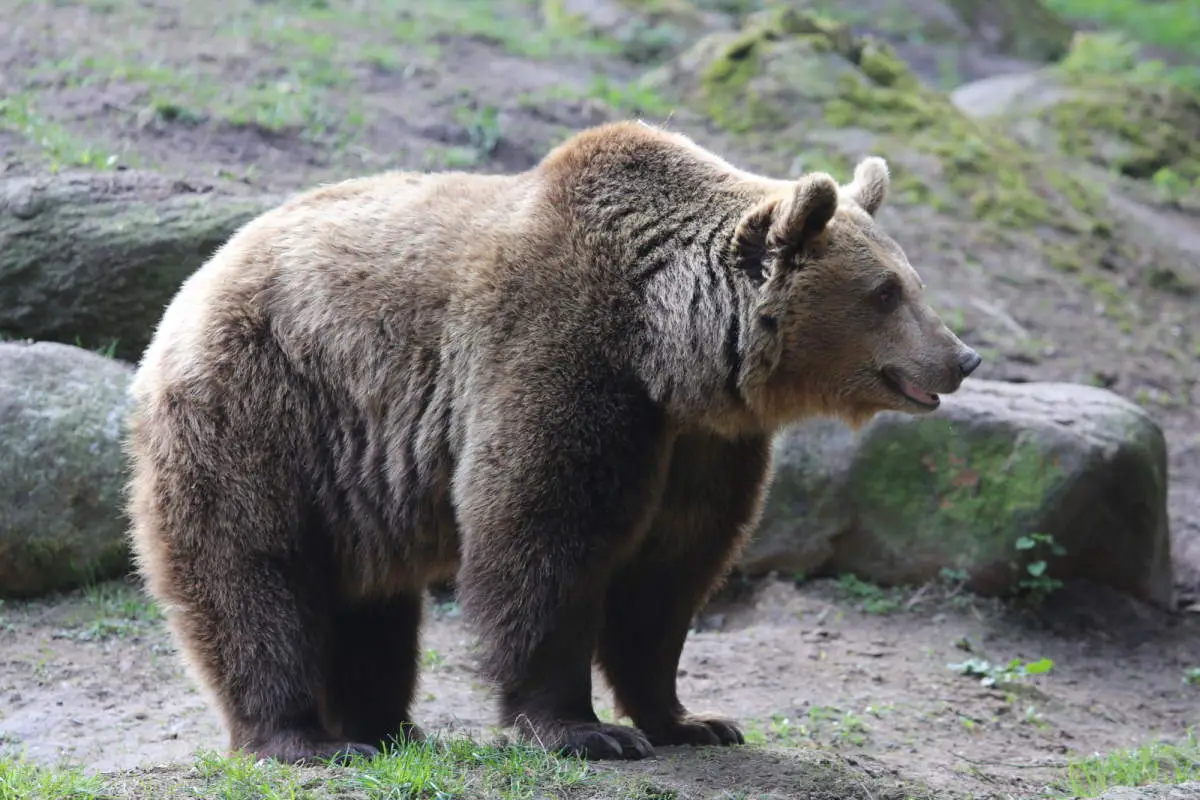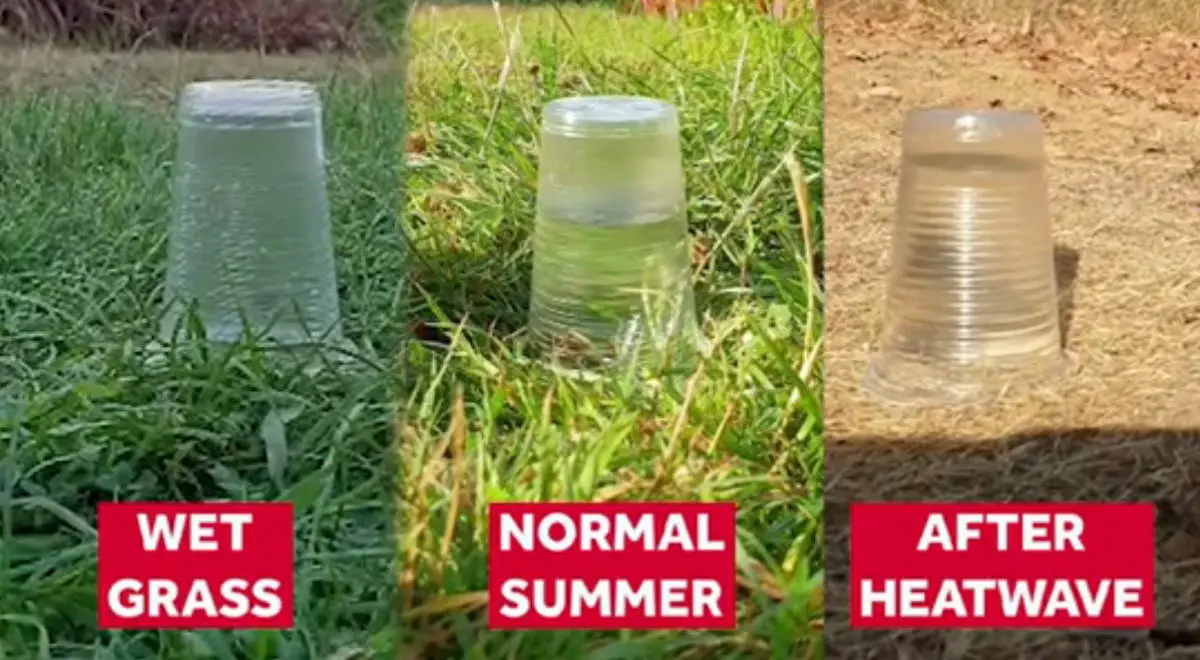In 2019, red supergiant star Betelgeuse suddenly dimmed. In fact, the star has a 5.9-year light-cycle minimum period. But, this time, it dramatically to an all-time low.
Betelgeuse is one of the brightest stars in the Earth’s sky and easily can be found on the right shoulder of the constellation Orion. So the dimming, which began in late 2019 and lasted for a few months, was easily noticeable even by backyard observers watching the star change brightness.
This weird, unexpected dimming weird sparked rumors that its death is imminent and it was going to be a supernova.
In fact, Betelguese is really nearing the end of its life. Because of its enormous size, it burns its fuel very rapidly. Red supergiant stars don’t last long, typically only a few hundred thousand years, maybe up to a million. This is actually very short for astronomical timescales. But very long for the human lifespan.
